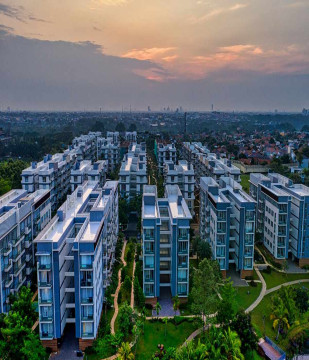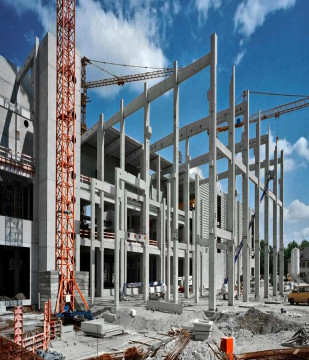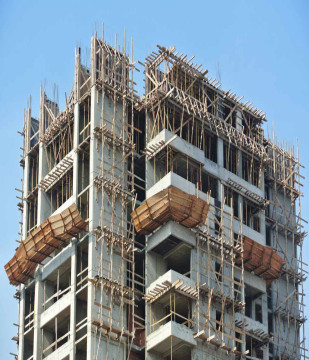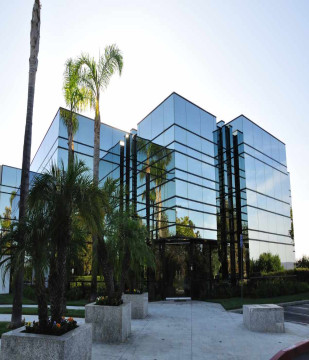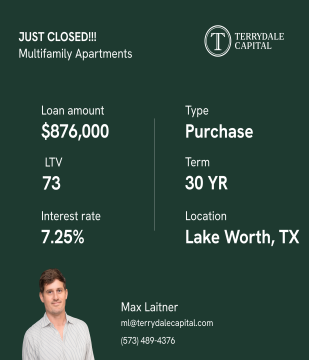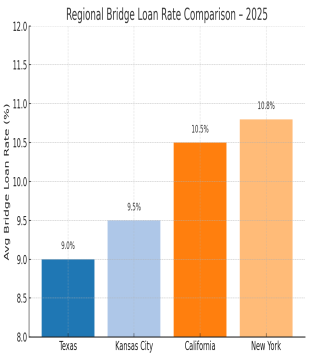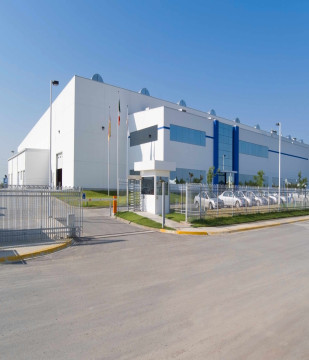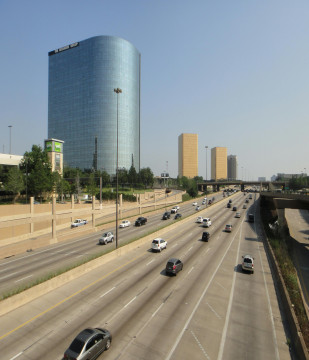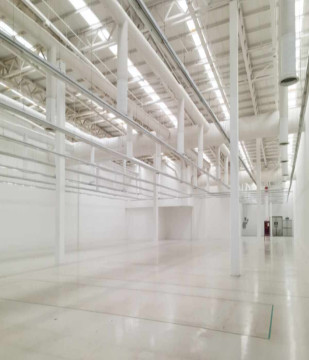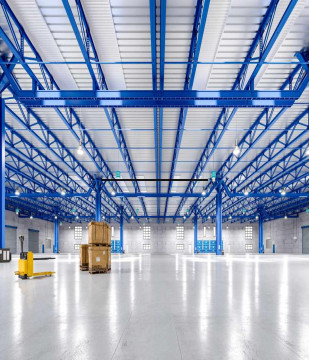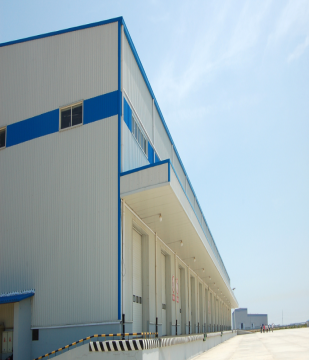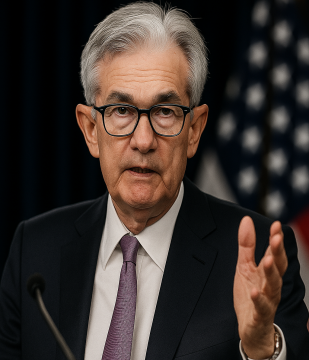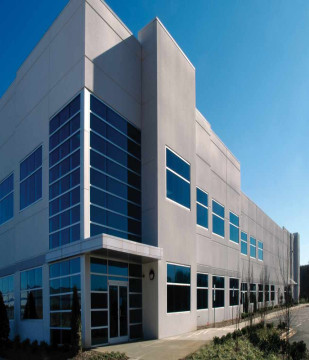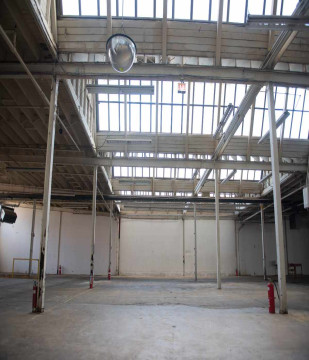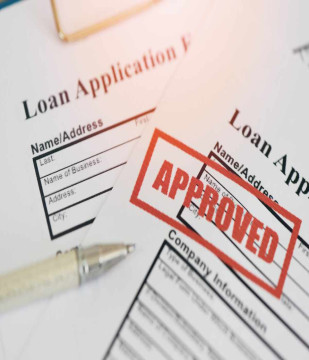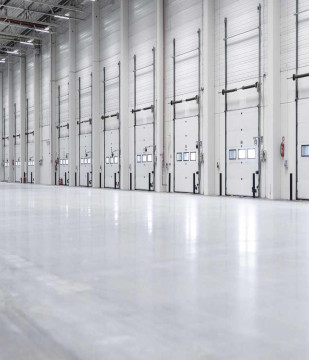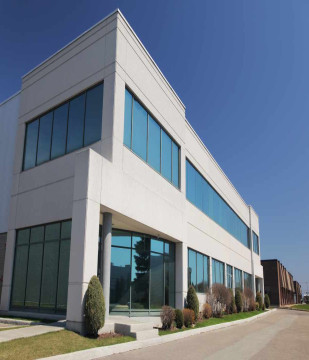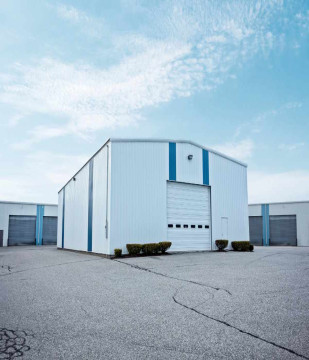What DSCR & LTV Do Commercial Real Estate Lenders Require in 2025?

Terrydale Capital
Oct 1, 2025 8 Min read
 Learn
Learn
Why DSCR and LTV Matter in CRE
Before we dive into numbers, let’s remind ourselves why these metrics are core to commercial real estate underwriting.
DSCR (Debt Service Coverage Ratio) = Net Operating Income (NOI) ÷ Annual Debt Service (interest + principal).
Lenders use DSCR to judge whether a property’s cash flow is strong enough to cover debt.
LTV (Loan‑to‑Value) = Loan Amount ÷ Appraised Value.
LTV signals how much equity cushion is in a deal; high LTV means higher risk for the lender.
A deal might have a strong DSCR but still be rejected if the LTV is too aggressive—or vice versa. In practice, both must fall into acceptable zones.
Current DSCR Requirements (2025)
What DSCR must a deal hit today? The short answer: at least 1.20× to 1.25× is common—and in many cases, lenders want more.
Typical DSCR Ranges
Many DSCR‑based lenders require 1.20× to 1.25× minimum. (longleaflending.com)
For riskier properties (office, retail, value‑add), lenders often expect 1.30× or higher to create a buffer. (Agora)
In more aggressive or bridge financing, you may see 1.35× to 1.50× or more. (Agora)
Some government or agency programs may accept lower DSCR (closer to 1.10×) under strict underwriting. (Agora)
In short: for a commercial loan in 2025, a DSCR of 1.25× is a safe target for stabilized, low‑risk assets. If you're under that number, lenders will want compensating factors (more equity, guarantees, strong sponsor track record).
What LTV Can You Get Today?
LTVs in commercial lending have pulled back somewhat, but they remain viable for good assets.
Observed LTV Levels
According to CBRE, average LTVs are now around 63.3 %, up from ~62.2 %. (CBRE)
Many commercial lending sources cite typical LTV ranges of 65 % to 75 % for strong assets, depending on property type. (LoopNet)
For industrial / logistic or well‑leased multifamily, the upper end (70%–75%) is more achievable. (LoopNet)
For more challenged property types (office in soft markets, retail with risk), lenders may cap LTV at 60 % to 65 % or lower. (Agora)
Thus, LTV in 2025 is less aggressive than pre‑pandemic in many markets, but for a clean, stabilized deal you may still push into the low‑70s, depending on structure and risk.
How DSCR and LTV Interact
These two metrics don’t work separately. Here’s the interaction:
A higher DSCR gives more comfort to a lender, which can allow for a higher LTV.
A lower DSCR forces the lender to shrink LTV to maintain margin of safety.
For deals with any uncertainty (market softness, tenant rollover risk), lenders often demand both an elevated DSCR and a reduced LTV.
So if your deal hits, say, 1.35× DSCR, you may get to 70–75% LTV (on a strong property). But if you're near 1.20×, expect LTV in the low 60s or high 50s unless other compensating strengths exist.
Example Scenarios
Example A: Strong Multifamily Deal
NOI: $1,200,000
Suppose debt service allowable for DSCR 1.25× is $960,000
Loan amount (at prevailing rates) translates to, say, $8,000,000
If value supports that loan, LTV might fall in 65%–70%
This would be considered a healthy, fundable deal in today’s market.
Example B: Office in a Weak Submarket
NOI: $500,000
Using conservative underwriting, the lender may require a DSCR of 1.30× → max debt service ~ $384,615
That caps loan size; even if value technically supports more, lender may insist LTV stay 60% or lower to buffer risk.
This is exactly how CRE underwriting is conservative in real life: you optimize both DSCR and LTV under stress scenarios.
What’s Realistic Right Now (2025 Market Outlook)
DSCR target: 1.25× to 1.35× is a realistic and competitive range for well‑located, stable assets.
LTV expectation: 65% to 75% is possible in strong deals; average LTV across the market is nearer to ~63%. (CBRE)
Caution zone: If your DSCR is under 1.20×, or your asset has visible risk, expect LTV caps down in the 55%–65% range.
Bridge / transitional financing: You may find more aggressive LTV, but with trade‑offs—higher interest, recourse, stricter covenants.
Given current interest rates, capital constraints, and increased scrutiny of property risk, lenders favor deals with clean underwriting, strong cash flows, and conservative stress testing. (Agora)
Tips to Make Your Deal More Attractive
Raise NOI — Lease faster, renegotiate leases, control costs.
Provide more equity — Even a few extra percent helps.
Show stress tests — How does the deal perform if rents fall 10%?
Highlight market strength — Location, fundamentals, tenant credit.
Leverage sponsor strength — Strong track record, reserves, guarantees.
Partnering With Terrydale Capital
Terrydale Capital specializes in financing flex space industrial projects across Dallas, McKinney, Prosper, and DFW. Their team provides tailored solutions, helping investors secure industrial loans, construction loans, and bridge loans efficiently.
With expert guidance from Terrydale Capital, you can navigate the complexities of industrial property financing and turn your project vision into a profitable reality.
For more information and to start your financing journey, visit Terrydale Capital.
Partner With Terrydale Capital for Your Debt Financing Needs
When it comes to debt financing, understanding the right timing, process, and options is crucial. At Terrydale Capital, we provide a comprehensive range of commercial loan solutions tailored to meet your business's unique needs.

